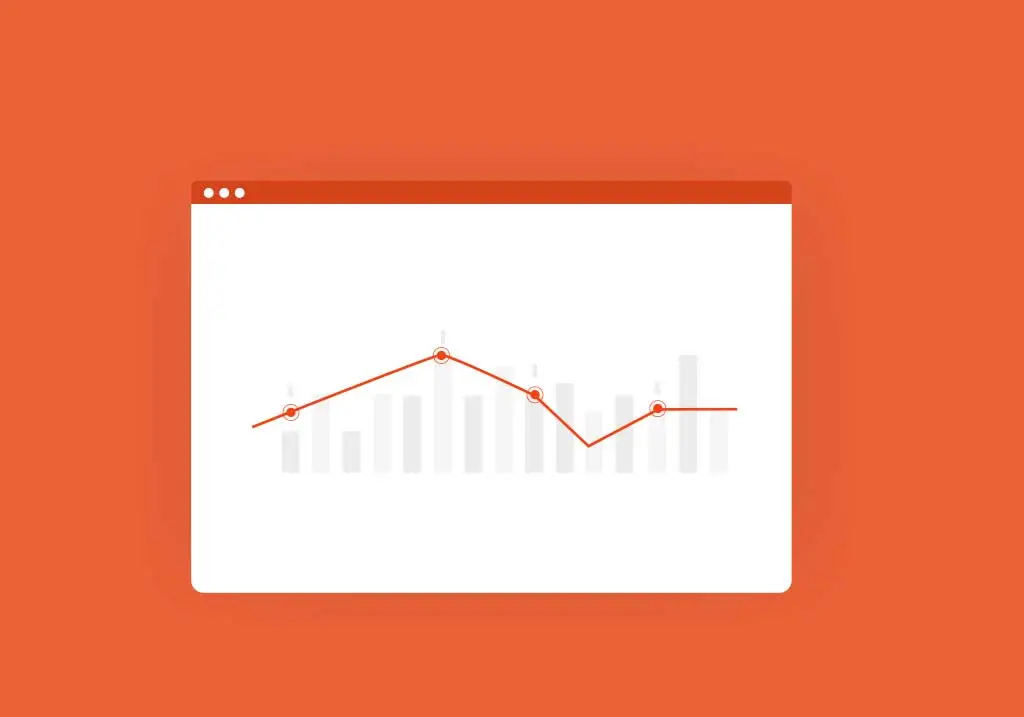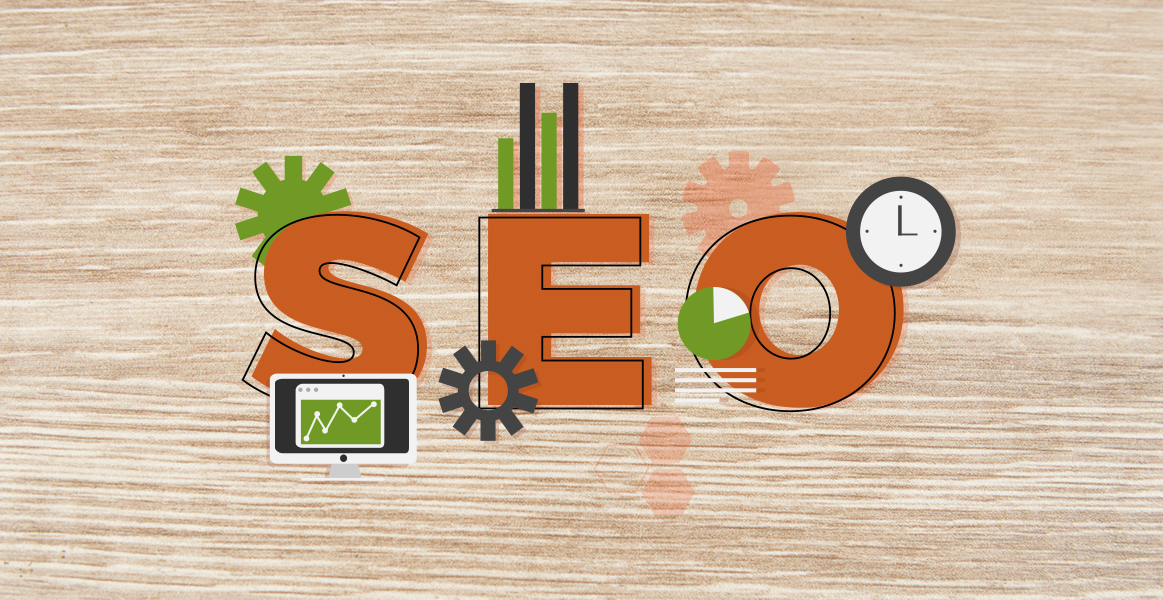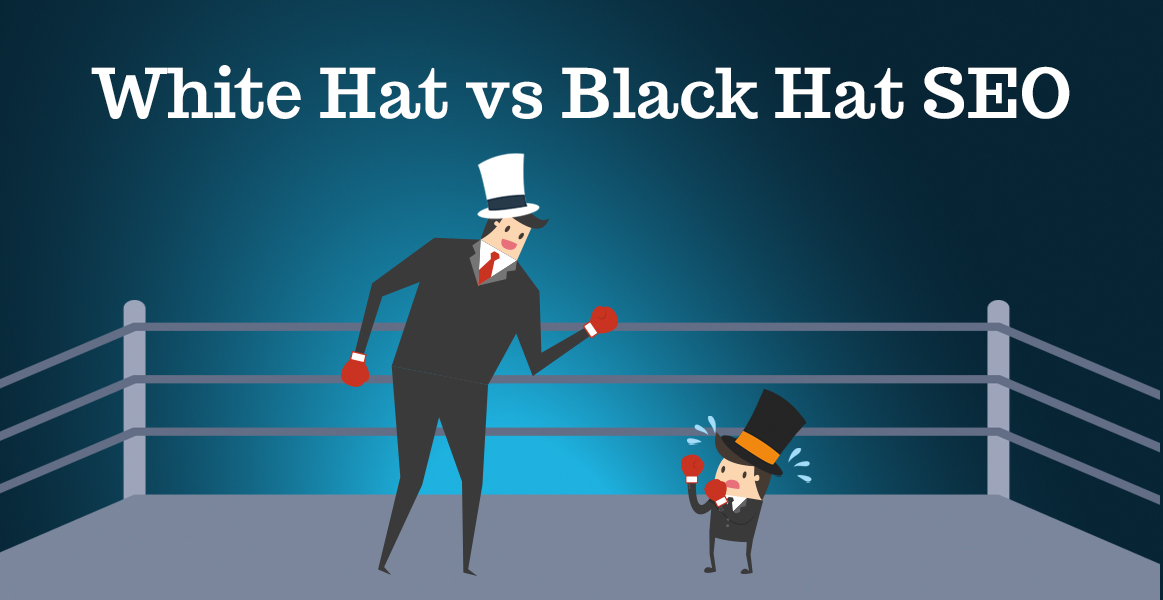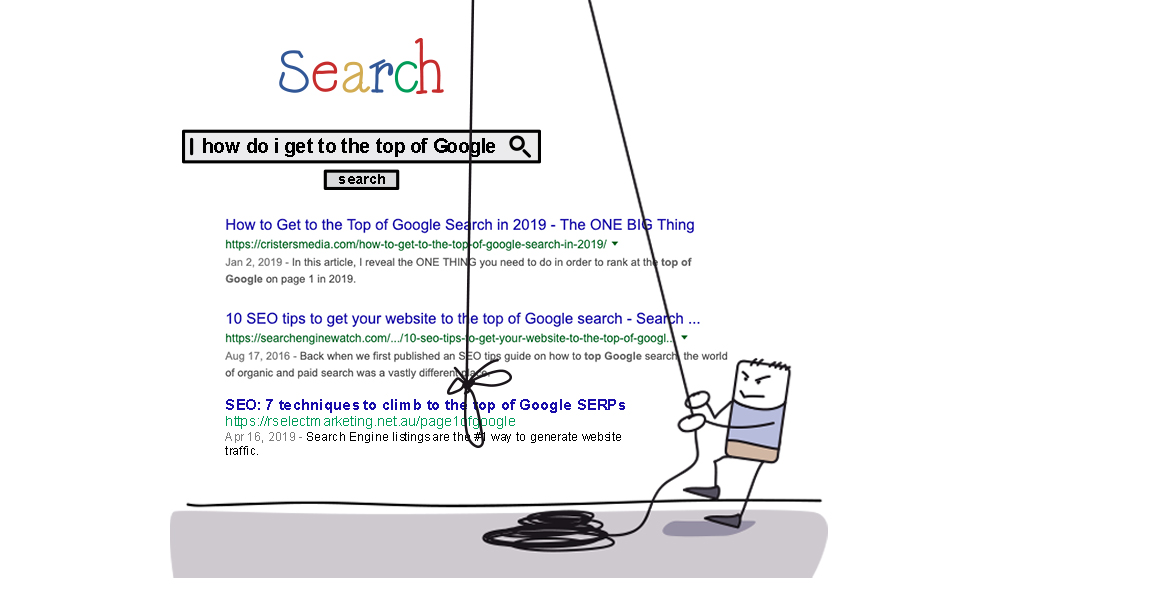Hey there, digital wanderers and web wizards! Today, let's dive into the world of SEO and unwrap the mysteries of "dwell time." This little gem is often overlooked but plays a big part in how search engines view your site. So, grab a coffee, and let’s get into it!
What Is Dwell Time?
Imagine you're walking into a bookstore. If you spend a good amount of time browsing through the books, it means something caught your interest, right? Dwell time is kind of like that but for websites. It’s the amount of time a visitor spends on your page after clicking on it from a search engine results page (SERP) and before heading back to the SERP. The longer they stay, the more likely it is that your content is relevant and engaging.
Why Does Dwell Time Matter?
Search engines, like our good old friend Google, are all about user experience. They want to ensure that when someone searches for something, they find what they're looking for. If people spend more time on your site, it's a signal to search engines that your content is on point – informative, engaging, and exactly what the searcher needs.
Long dwell time from lots of users = rankings boost
Plus, the longer a user stays engaged with your content, the higher the likelihood of them performing desired actions (like subscribing, getting in contact, purchasing, etc.). While dwell time isn't a direct ranking factor officially acknowledged by search engines, it's a valuable proxy for understanding how users interact with your site and content. In the grand scheme of SEO and web performance, think of dwell time as a clue to how well your content resonates with your audience.
It’s all about creating a positive, engaging user experience that meets the needs and interests of your visitors.

How Can You Improve Dwell Time?
- Quality Content is King: First things first, your content must be top-notch. It should be informative, engaging, and relevant to your audience. Think about addressing your audience's pain points, answering their questions, and providing value.
- Make It Pretty and Functional: Your website's design matters. A visually appealing, easy-to-navigate site can keep visitors hooked. Use images, videos, and infographics to break up text and add interest.
- Boost Your Page Load Speed: Ever clicked on a site only to wait forever for it to load? Most people won’t stick around. Improving your page load speed can significantly affect dwell time.
- Internal Linking: Keep visitors on your site longer by providing links to other relevant content on your site. It's like giving them a map to more treasures!
- Optimize for Mobile: In this smartphone era, your site must look good on mobile devices. A mobile-friendly site can keep users engaged longer.

Measuring Dwell Time
Measuring dwell time can be a bit tricky since it’s not a direct metric provided by tools like Google Analytics. However, you can look at related metrics like 'Average Session Duration' and 'Bounce Rate' to get an idea.
- Average Session Duration (from Analytics Tools)
Google Analytics, for instance, offers a metric called 'Average Session Duration.' This tells you the average length of a visitor's session on your entire site. While not the same as dwell time, it can give you a general sense of how long people are sticking around after clicking on your site from the search results. - Time on Page
Similarly, you can look at the 'Time on Page' metric. This is more specific than session duration and tracks the time spent on individual pages. It's closer to the concept of dwell time but still not exactly the same. - Combining Metrics
For a more comprehensive understanding, you can combine 'Time on Page' or 'Average Session Duration' with other metrics like 'Bounce Rate.' If you have a high time on page but a high bounce rate, it suggests that people find the page they land on relevant (hence the long time spent) but don’t feel compelled to explore further. - Event Tracking
Advanced users can set up event tracking on their websites. By creating events for various interactions (like scrolling, clicking on a link, playing a video, etc.), you can get a more nuanced view of how users are engaging with your content. This isn't dwell time per se, but it provides valuable insights into user engagement. - Third-Party Tools
There are SEO and analytics tools outside of Google Analytics that claim to track dwell time more directly. These might use different methodologies for tracking and reporting user engagement, so it's worth exploring these if you need more detailed insights.
It's important to remember that these methods provide an estimate of dwell time. The true dwell time (the time spent on a page before returning back to the SERP) is known only to search engines themselves. While you can't measure dwell time directly, these methods can give you a pretty good idea of how engaged your visitors are with your content. It's a bit of detective work, piecing together different clues to get the full picture. And always remember, dwell time is just one piece of the puzzle in understanding your website's performance and SEO.
We should also point out that there is a difference between dwell time and bounce rate, so we are going to look a little further into those differences below.

Dwell Time vs Bounce Rate
Dwell time and bounce rate are two terms that often pop up in the land of SEO and web analytics, yet they're as different as apples and oranges. Let's break them down in a simple way.
As mentioned previously, dwell time is the amount of time a visitor spends on your page after clicking on it from a search engine results page and before heading back to the SERP. It's a bit of a hidden metric, as it's not directly measured by most analytics tools, but it's super important. High dwell time usually suggests that your content is engaging and relevant to what the visitor was searching for.
Now, bounce rate is like the number of people who peek into a party and then immediately decide it's not for them. It's a percentage that tells you how many visitors leave your site from the same page they landed on without interacting with it (like clicking on a link, filling out a form, etc.). A high bounce rate can be a red flag. It might mean your page isn't what visitors expected, or it's not engaging enough to encourage further exploration of your site.
The Key Differences
1. Nature of Measurement:
- Dwell Time: Focuses on the duration of a visit on a specific page after arriving from a SERP.
- Bounce Rate: Measures whether visitors interact with your site beyond the initial landing page.
2. Indication of Engagement:
- Dwell Time: Longer dwell time can indicate higher engagement and content relevance.
- Bounce Rate: A high bounce rate might suggest low engagement or relevance, but context matters (like the purpose of the page).
3. Data Source:
- Dwell Time: Not directly measurable by standard analytics tools; more of an inferred metric.
- Bounce Rate: Clearly measurable and provided by most analytics platforms.
4. SEO Implications:
- Dwell Time: Can indirectly impact SEO as it may signal content quality to search engines.
- Bounce Rate: While it's not a direct ranking factor, it can inform you about user experience and content effectiveness.
The Bottom Line
Both metrics offer valuable insights but in different ways. Dwell time gives you a peek into how engaging and relevant your content is, while bounce rate sheds light on the initial impression and interaction (or lack thereof) with your site. Understanding and improving these metrics can lead to a better user experience and potentially better search engine rankings. Keep an eye on both to really get the pulse of how visitors interact with your site!

Final Thoughts
While dwell time isn't the be-all and end-all of SEO, it's a significant piece of the puzzle. By focusing on user experience and quality content, you're more likely to keep visitors on your page longer. And who knows, maybe even climb up those SERP rankings!
So, there you have it – the lowdown on dwell time. Implement these tips, and watch your website transform into a digital hotspot that both users and search engines love. Happy optimizing! 🚀🌐





![Affordable SEO Strategies for Small Businesses [Ultimate Guide]](https://www.seoplans.net.au/images/blog-images/affordable-small-business-seo.jpg)



